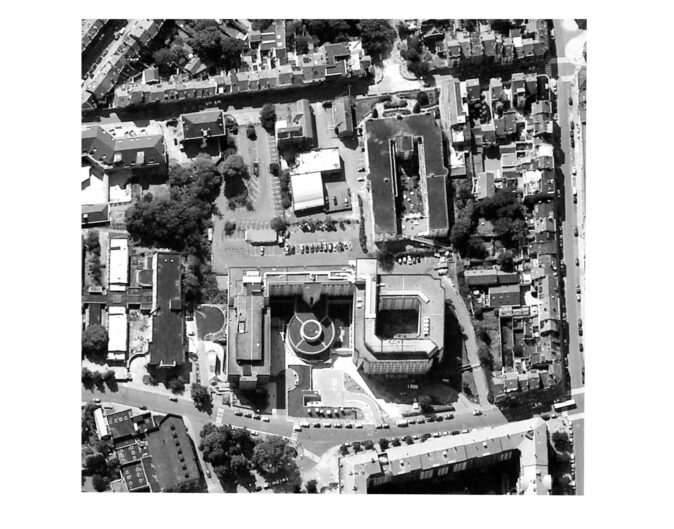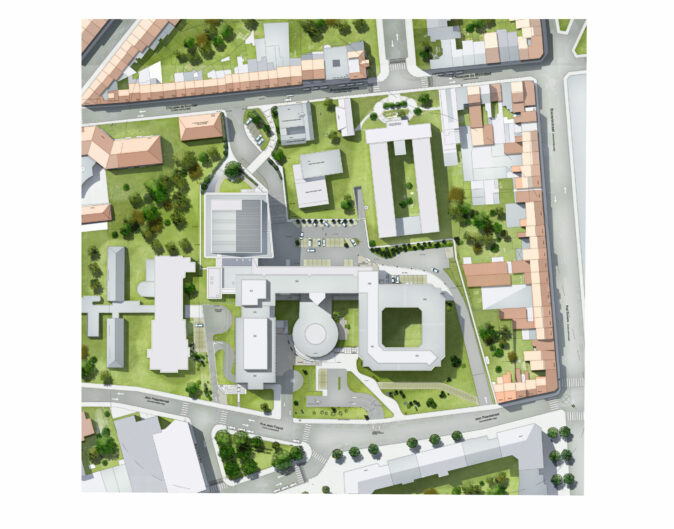how a new medical-technical building optimises the distribution & utilisation of the essential functions of an existing hospital site
how a new medical-technical building optimises the distribution & utilisation of the essential functions of an existing hospital site
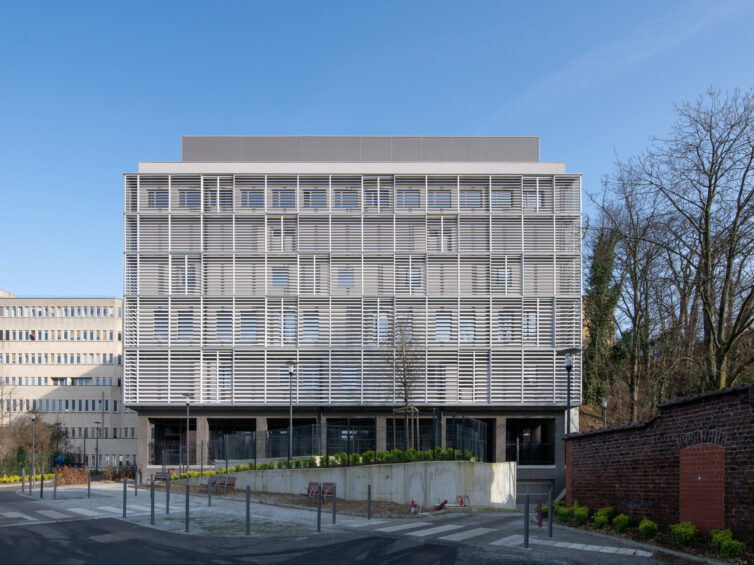
Delivered at the end of 2019 to the Iris Sud Hospitals, the new medical-technical building (11.470 m² configured as ground floor + 5/-2), completes the new organisation of the Etterbeek-Ixelles hospital site.
This completes a long process essentially based on 4 major operations:
• the development of a maternity & mother-child unit
• a new central production kitchen
• a new administrative & reception building
• underground car parks for visitors
The new medical-technical block is located in the interior of the block, at the rear of the site.
This complex covers more than 22.200 m². In addition to staff parking and logistics facilities (levels -1 and -2), the new block houses a surgical day hospital with 4 operating theatres (level 0), an intensive care unit with 9 workstations (level +1), an operating theatre with 4 operating theatres (level +2), a central sterilisation department (level +3), a top floor (level +4) that has not yet been allocated, and a technical cabin on the roof (level +5). A portion of level -1, partially above ground, is intended to accommodate a crèche, and a zone currently delivered as a floor level with only the shell completed.
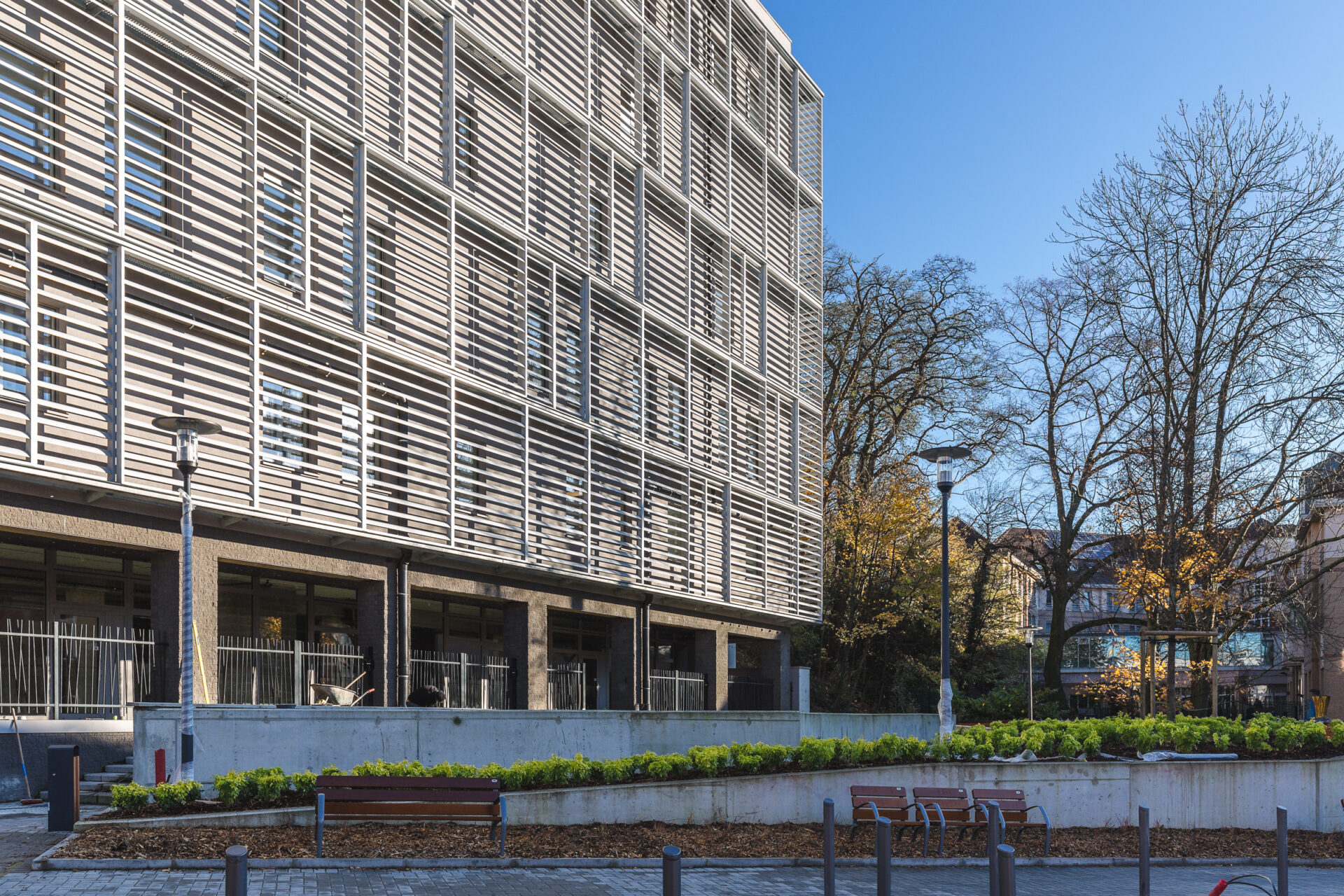
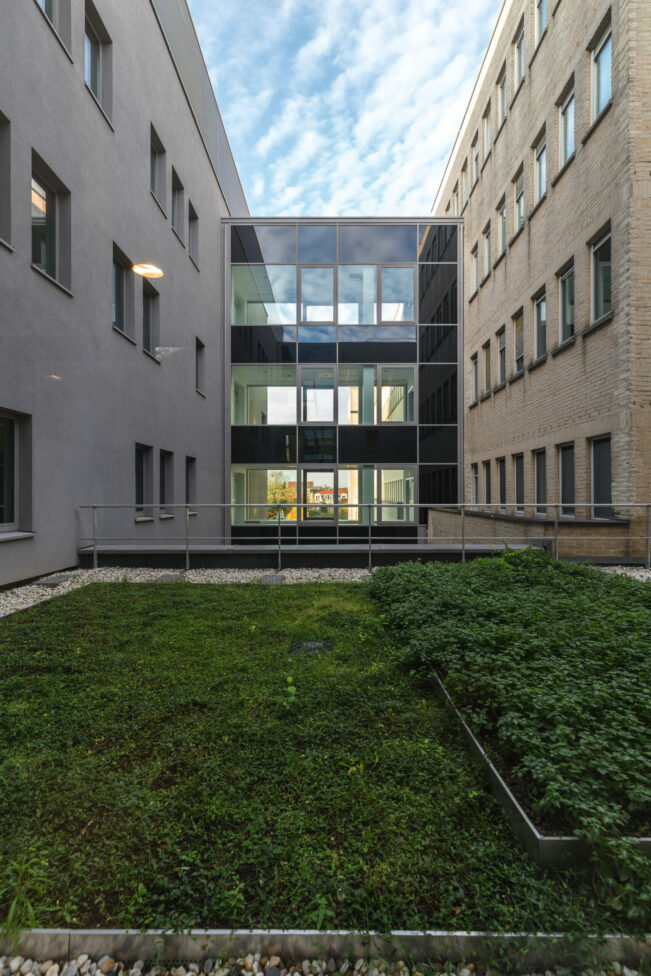
| program | construction of a new medical-technical building, as an extension to the hospital, grouping together the operating department, the surgical day hospital, the intensive care unit, the sterilisation function & an underground car park, a floor level on which only the shell is completed, a technical floor level & logistics premises |
| client | hôpitaux Iris Sud-HIS/IZZ |
| address | rue Jean Paquot 63 • Brussels |
| building type | care • heal |
| status | completed |
| expertises | architectureinterior architecturelandscape designproject managementconstruction managementprogramming |
| offices | brussels |
| size | 11.470 m² |
| team | • client: Hôpitaux Iris Sud-HIS/IZZ • stability engineer: Setesco • special techniques engineer: Sweco advisor peb: Interface Solution • structural works: Valens • completions: Jansen Finishings • furniture: Potteau Labo • ventilation & electricity: Close • sanitary: Danneels • lifts: Kone • medical fluids: Air Liquide |
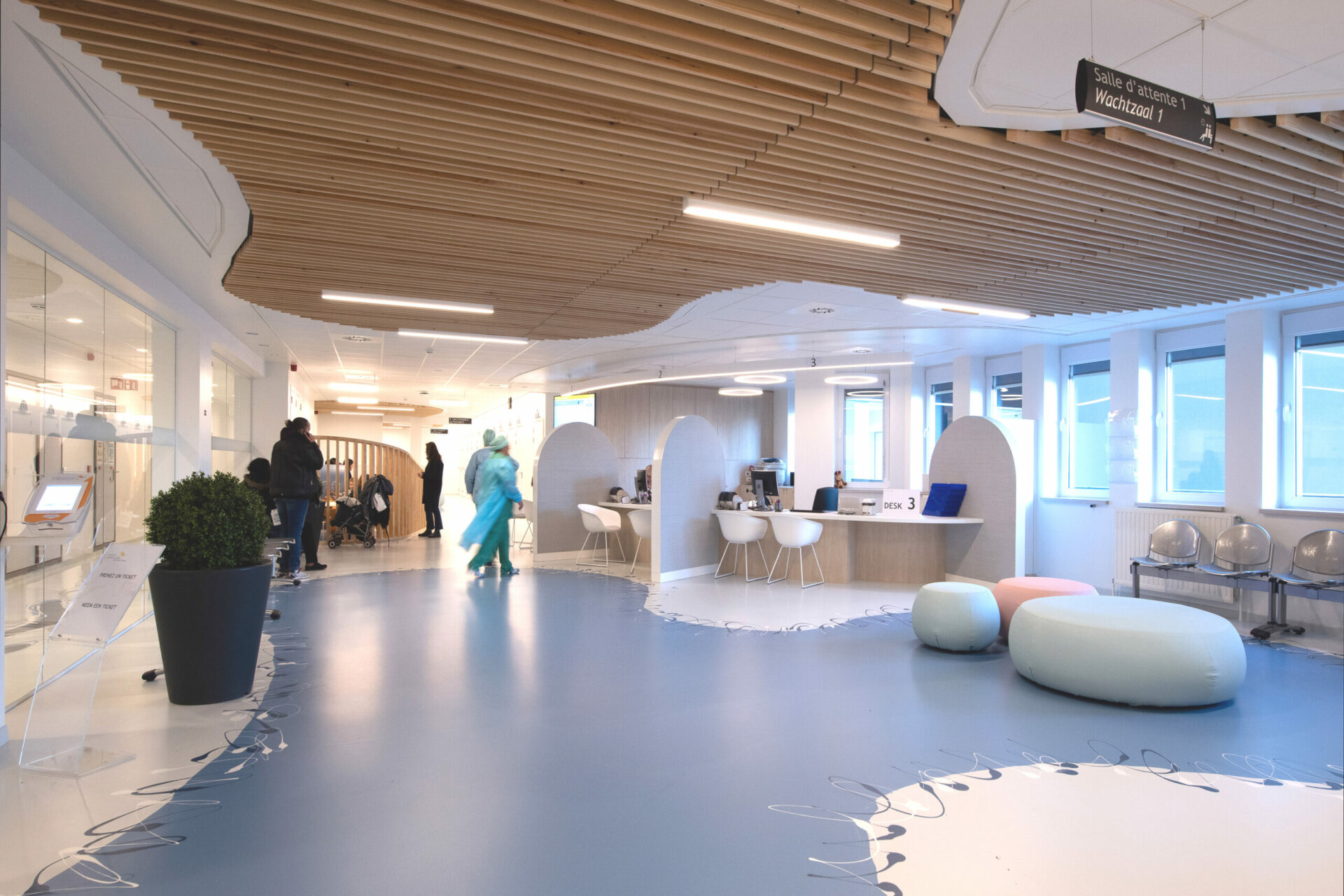
In view of the virtually constant need for modification/renovation, the new medical-technical building has been conceived to be flexible and modular. This will reduce the number of technical constraints during later modifications.
Thus:
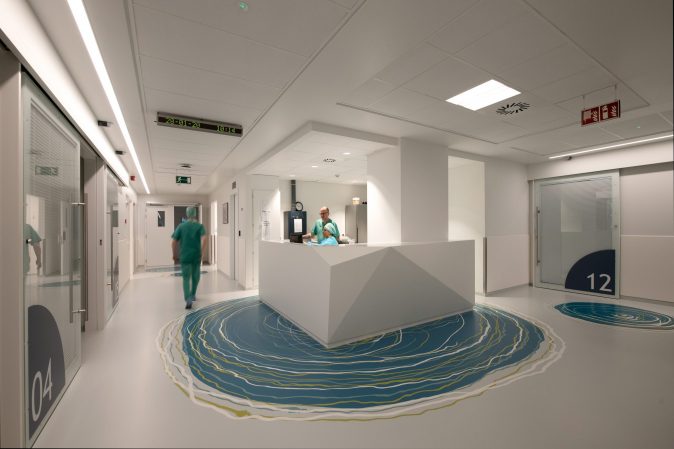
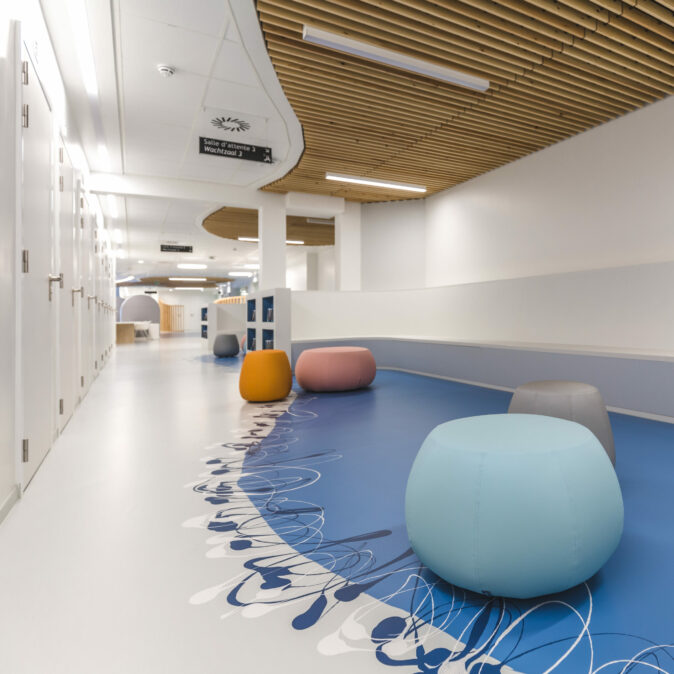
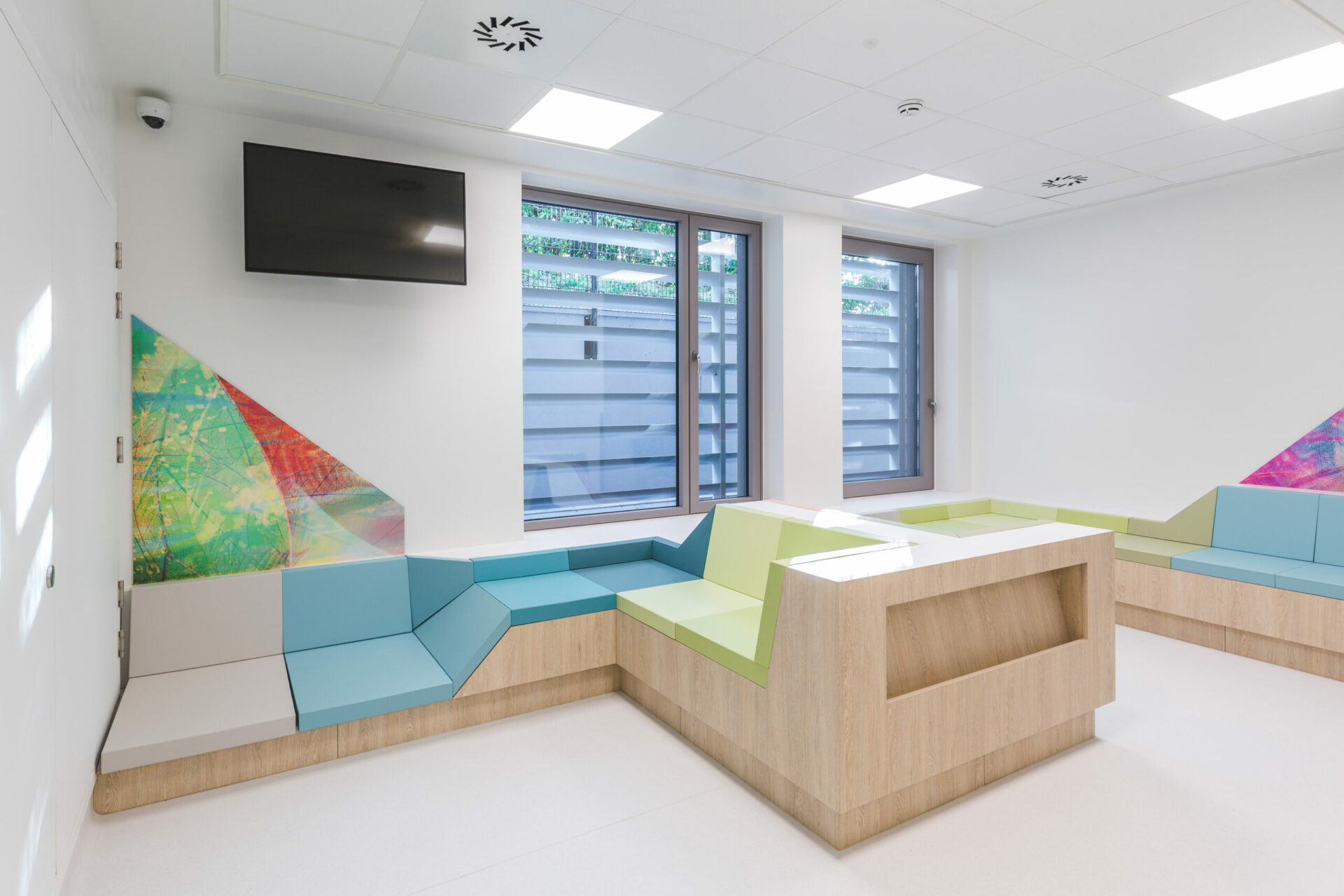
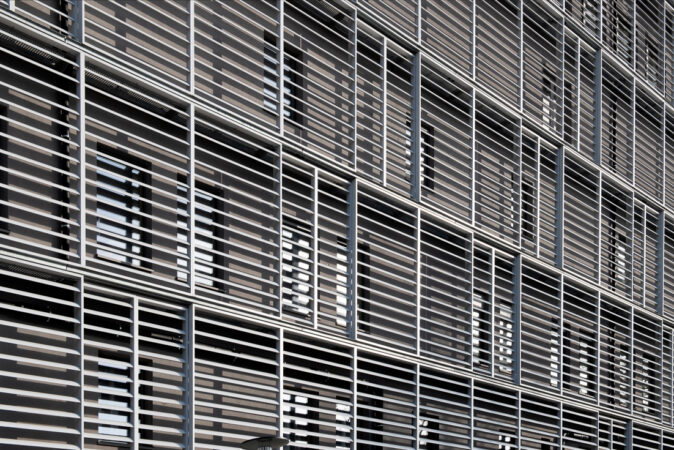
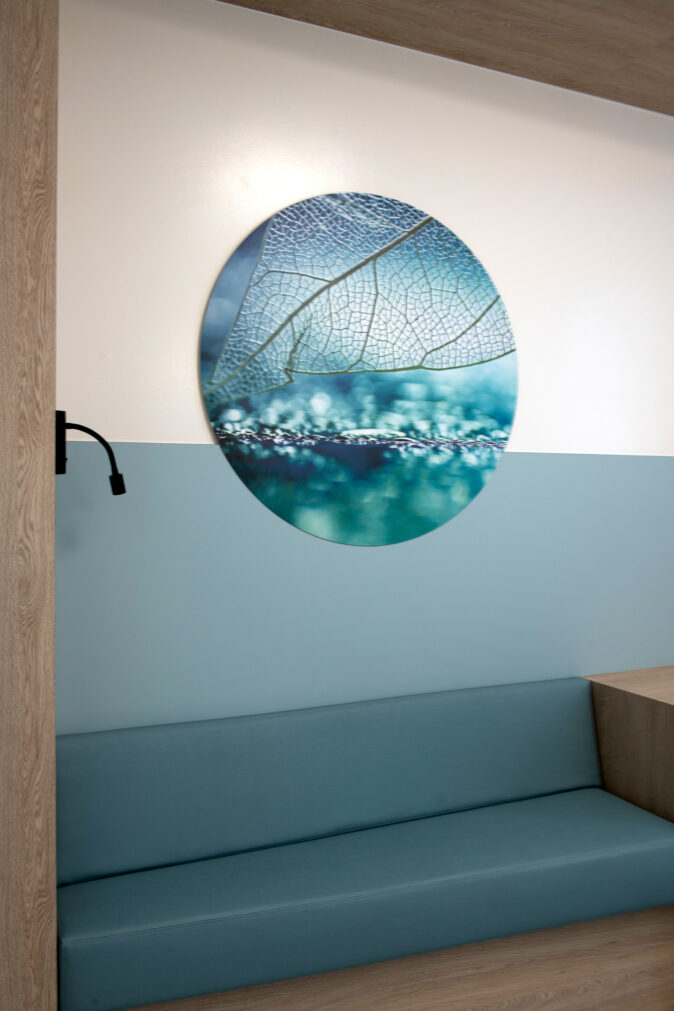
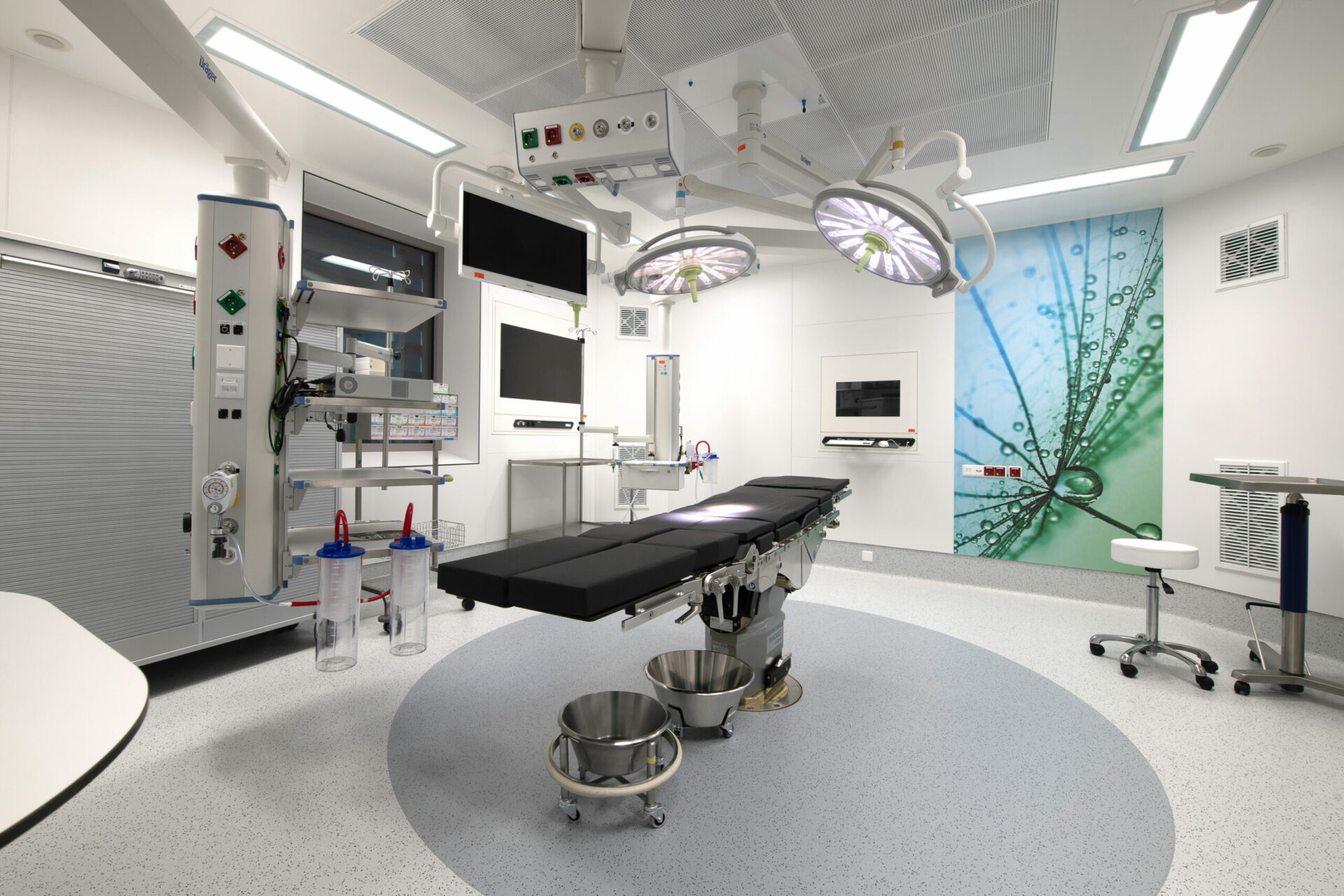
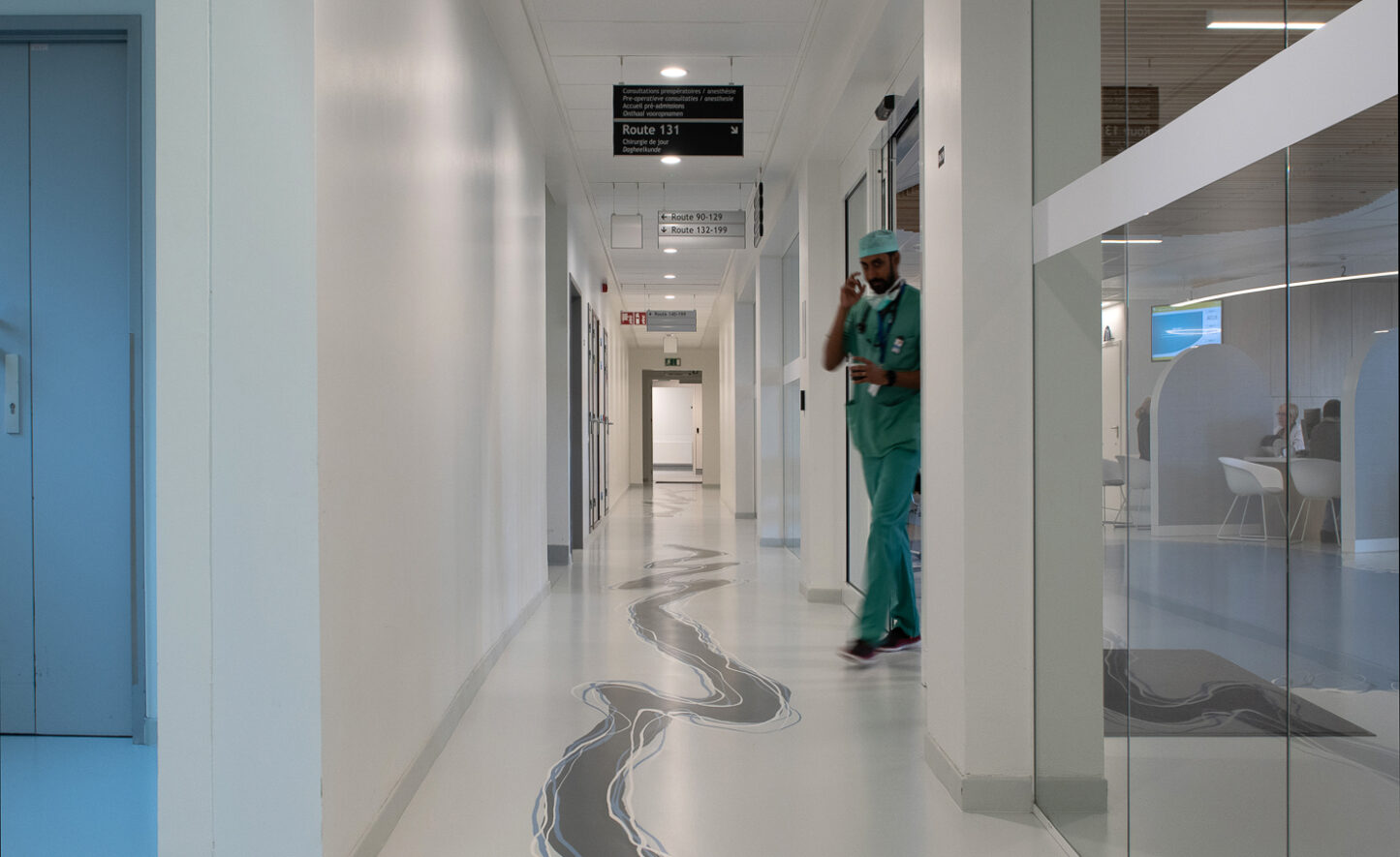
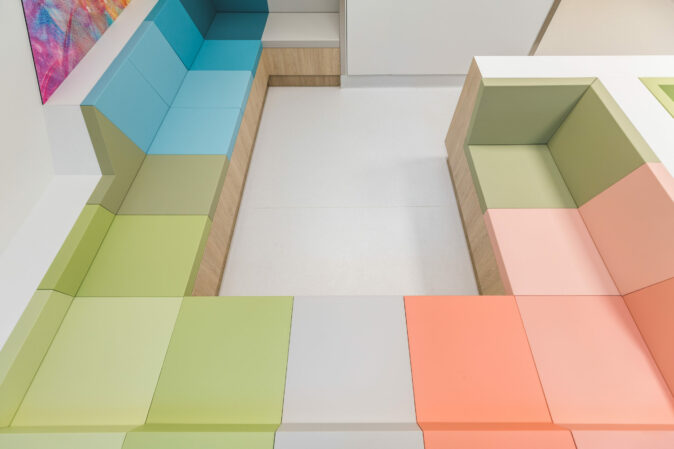
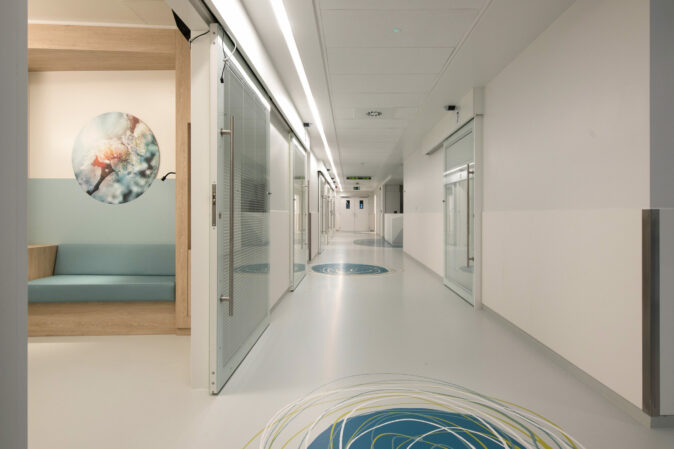
site plan before construction current layout plan
